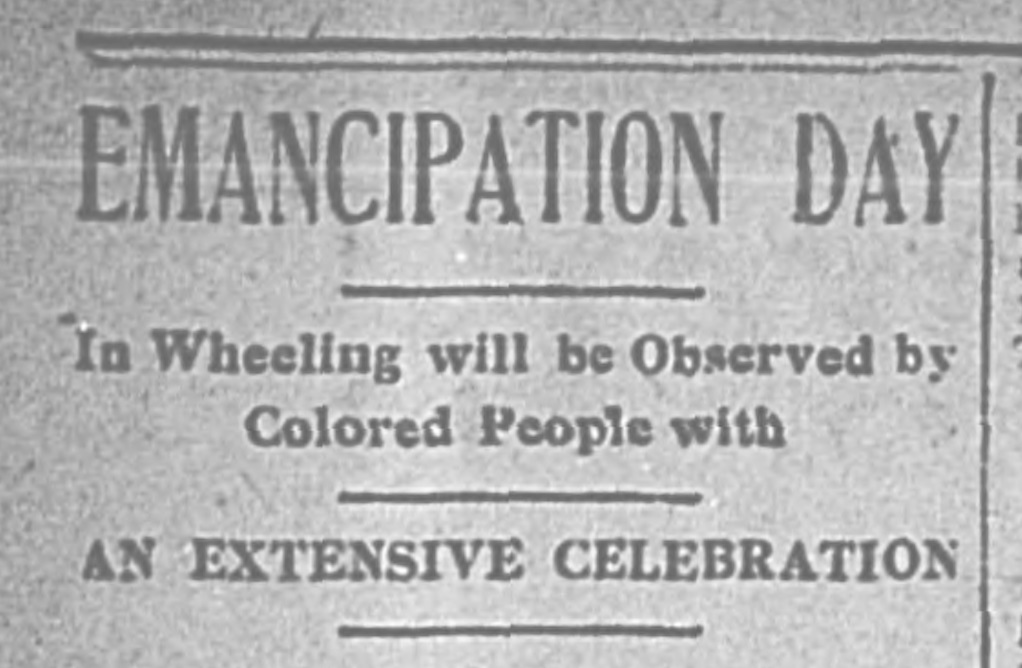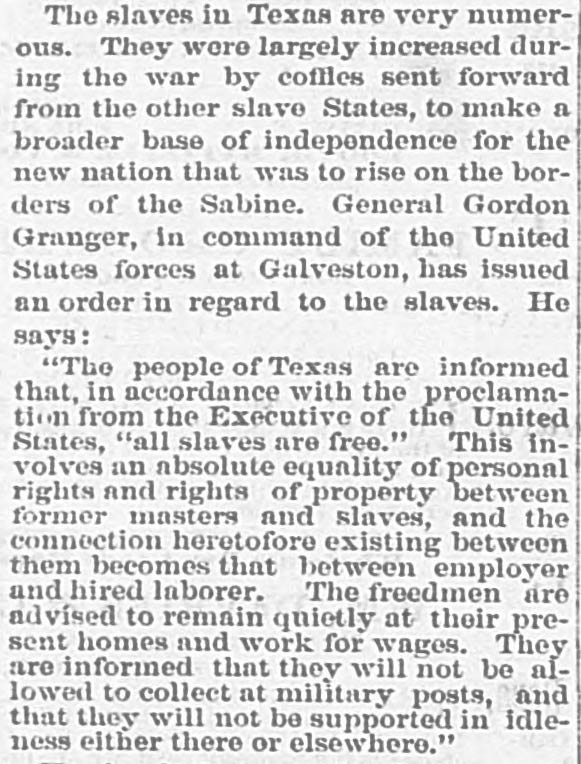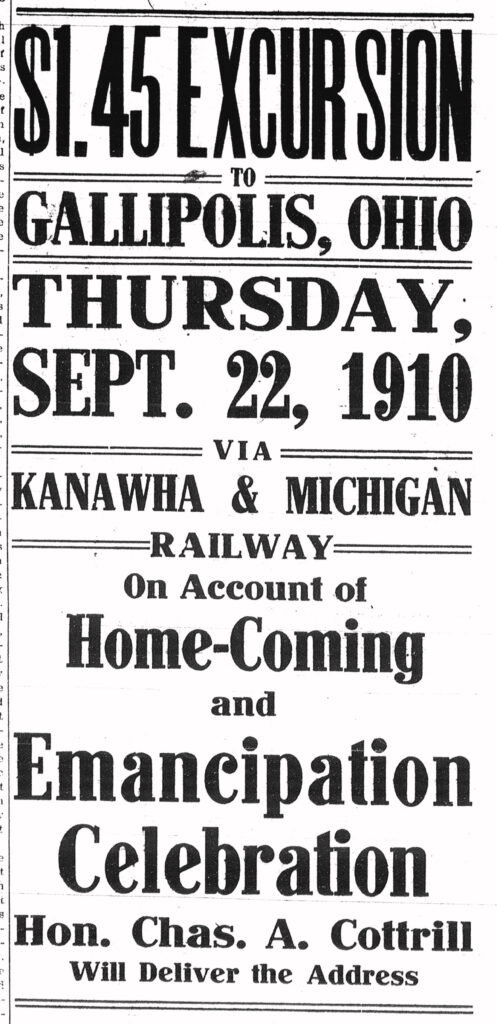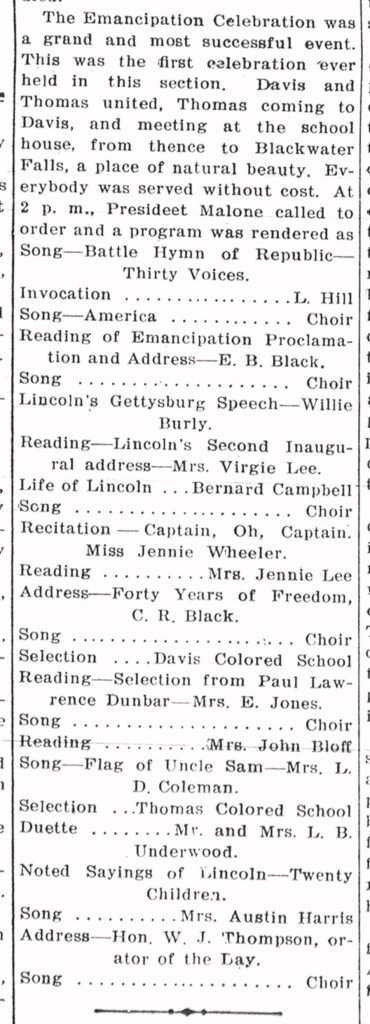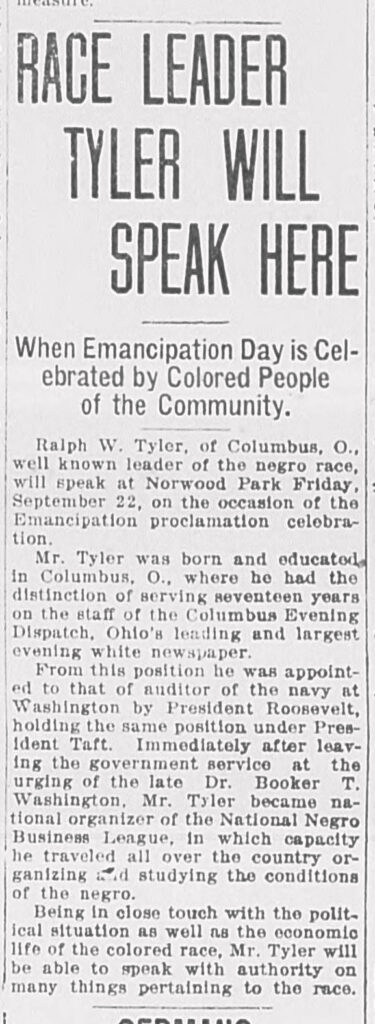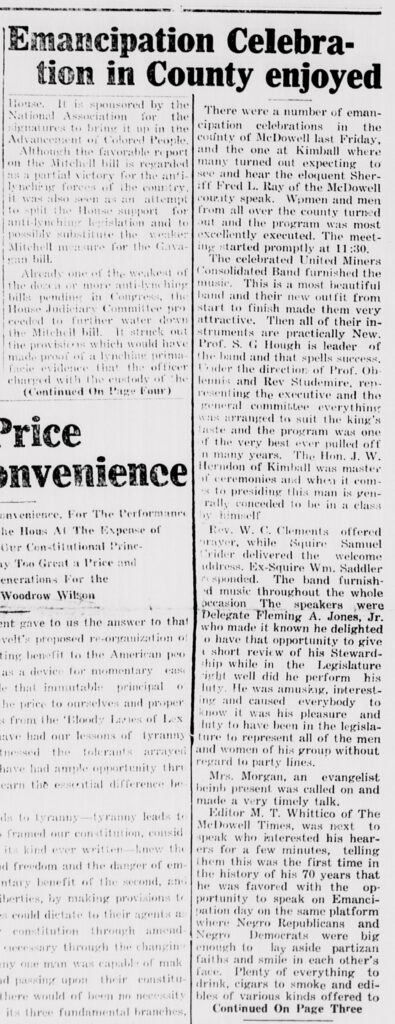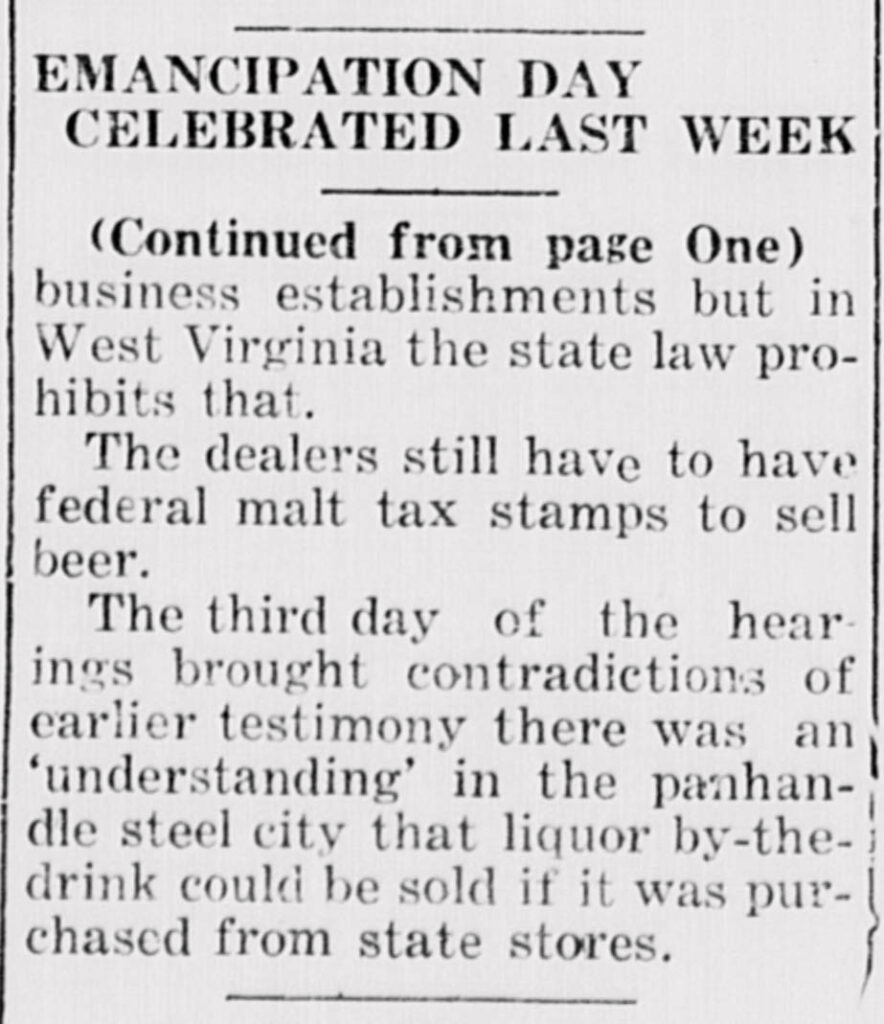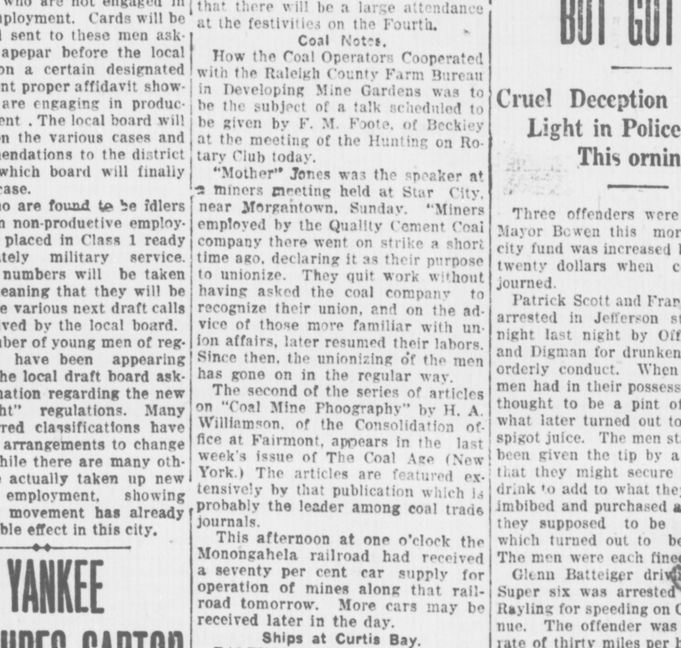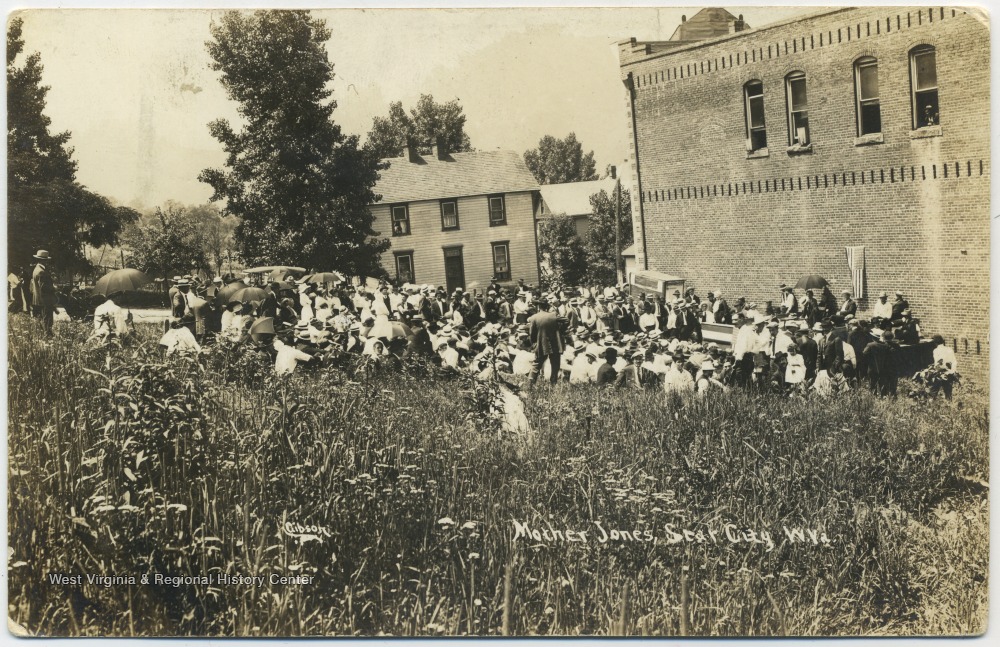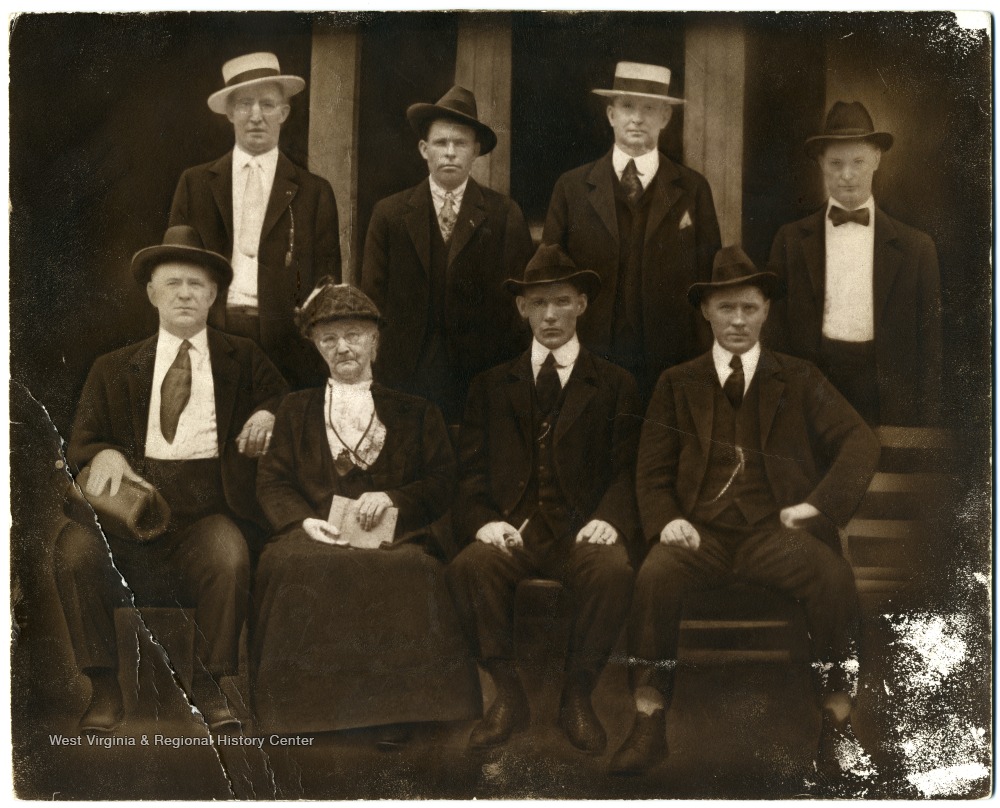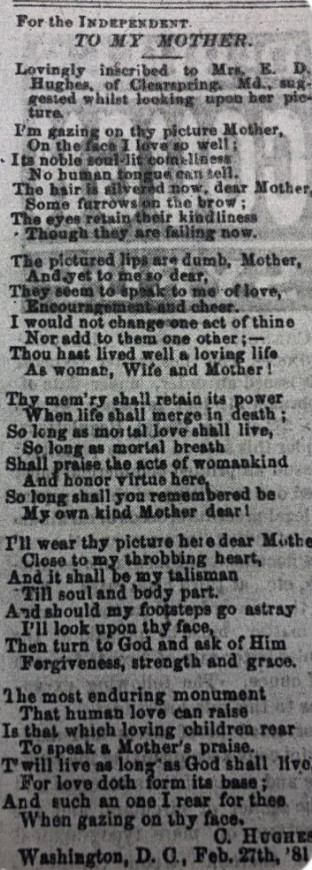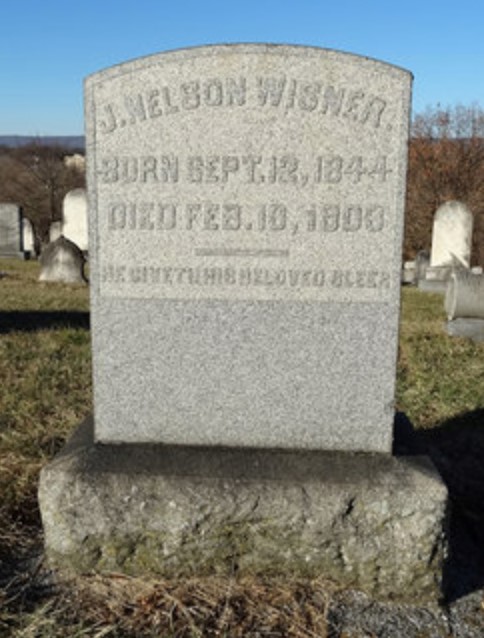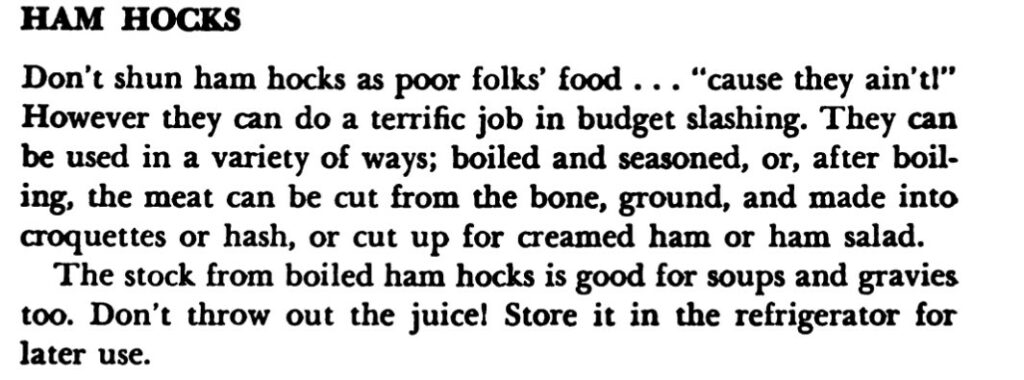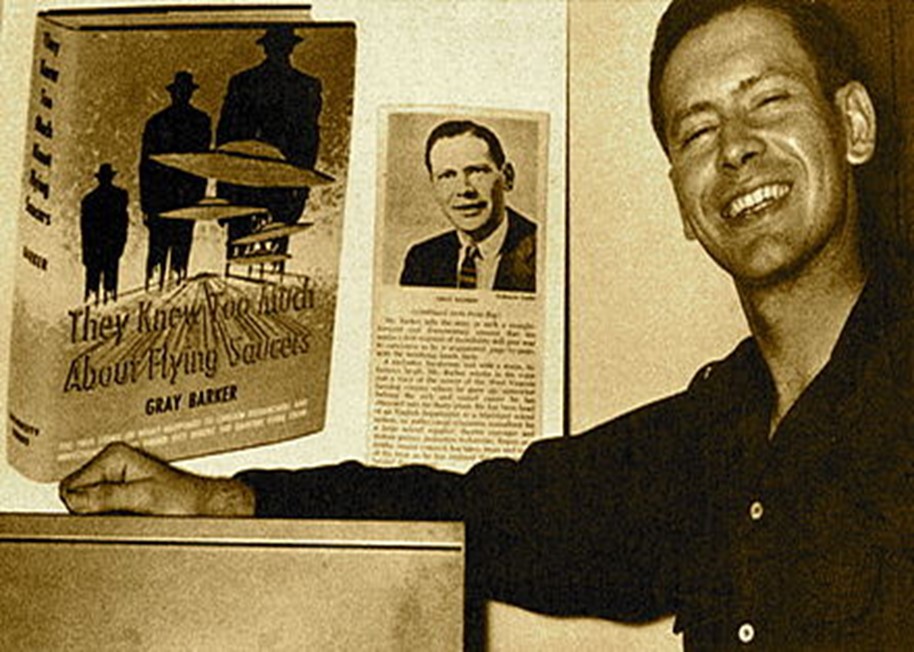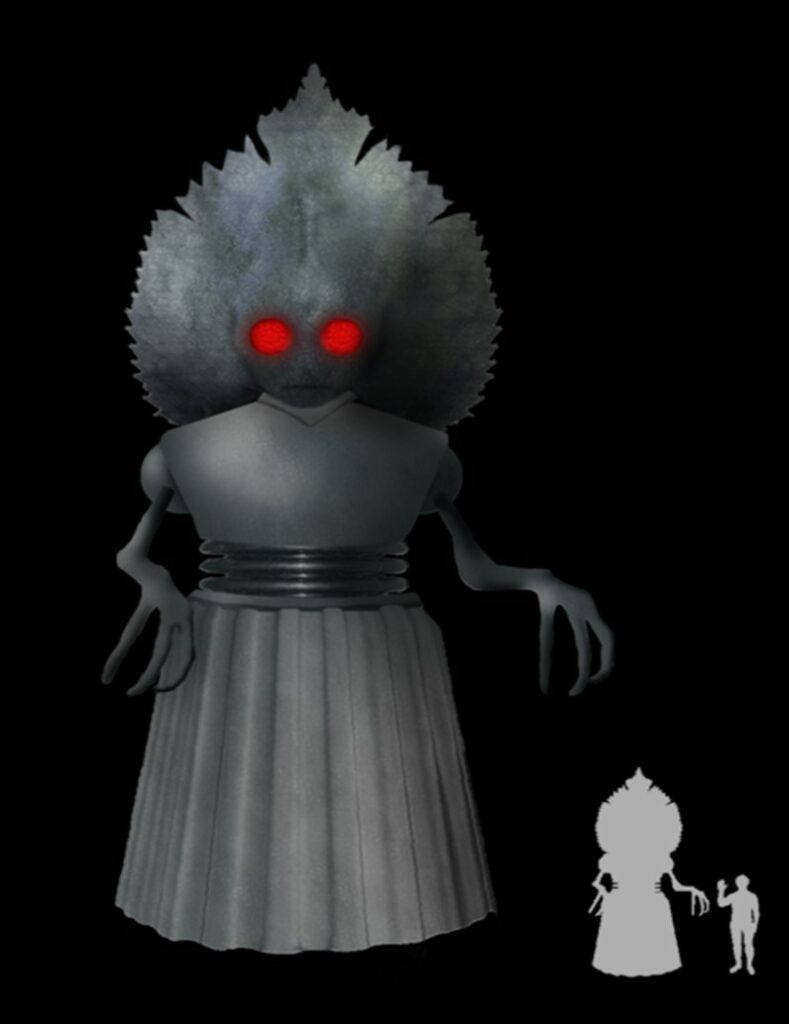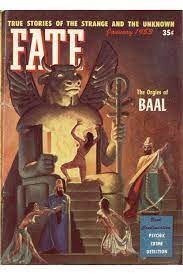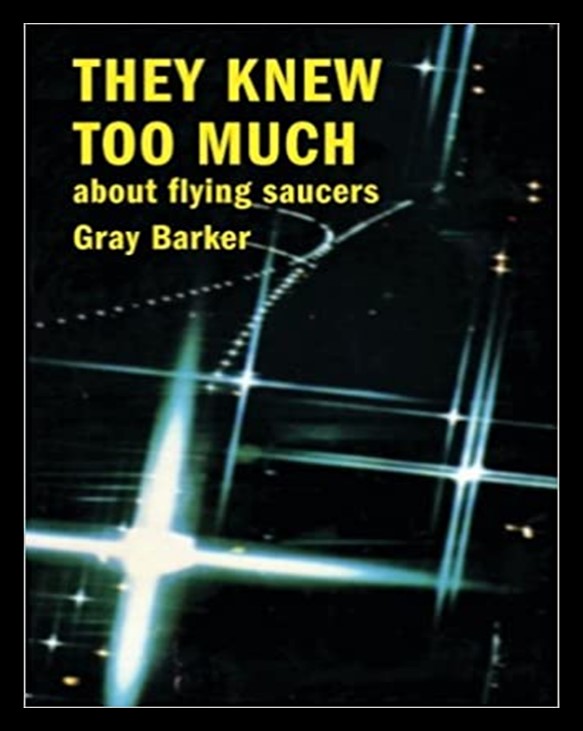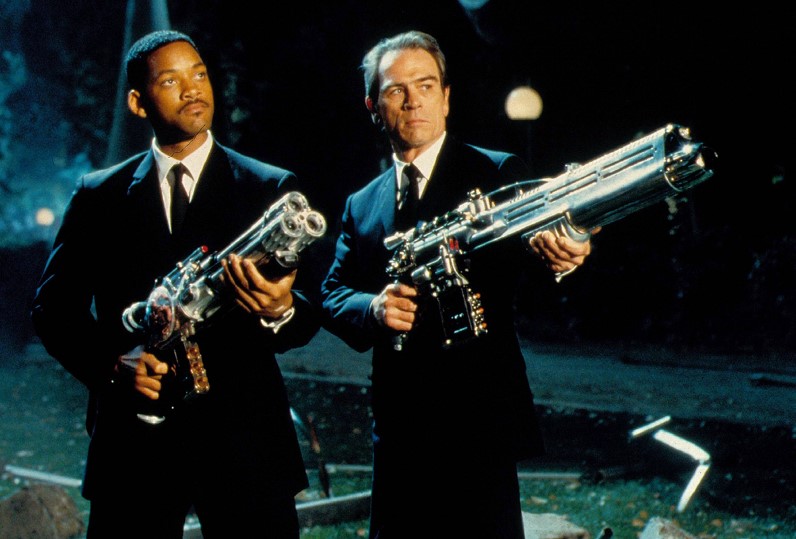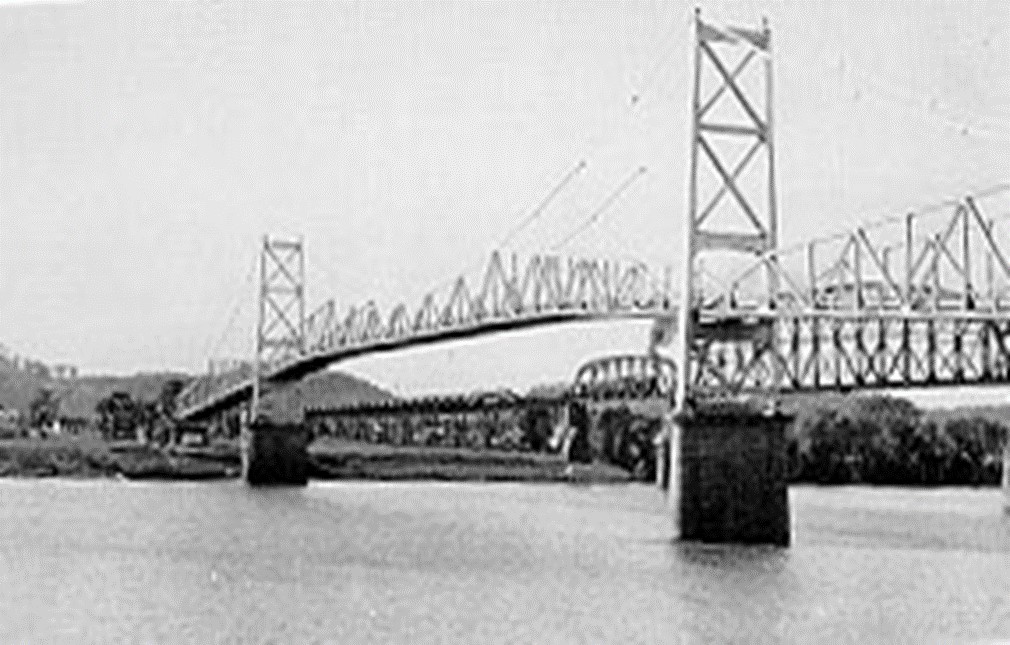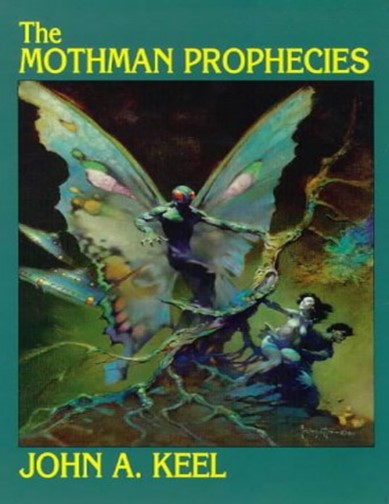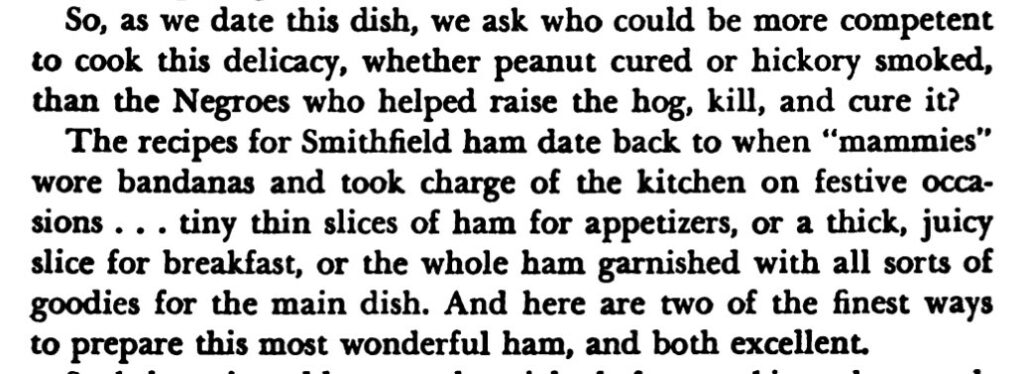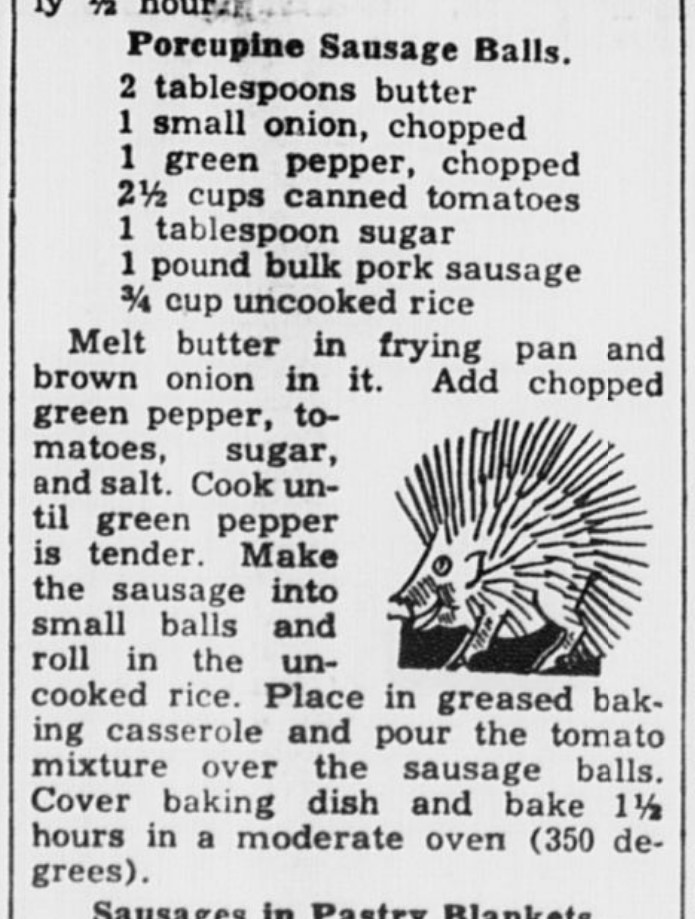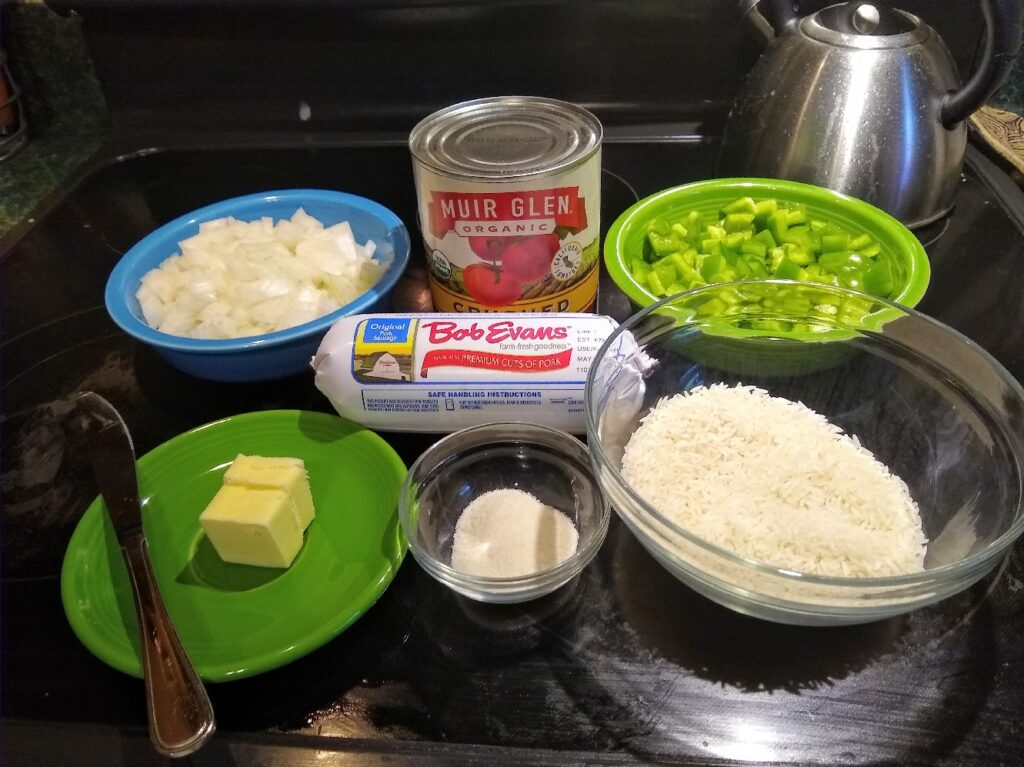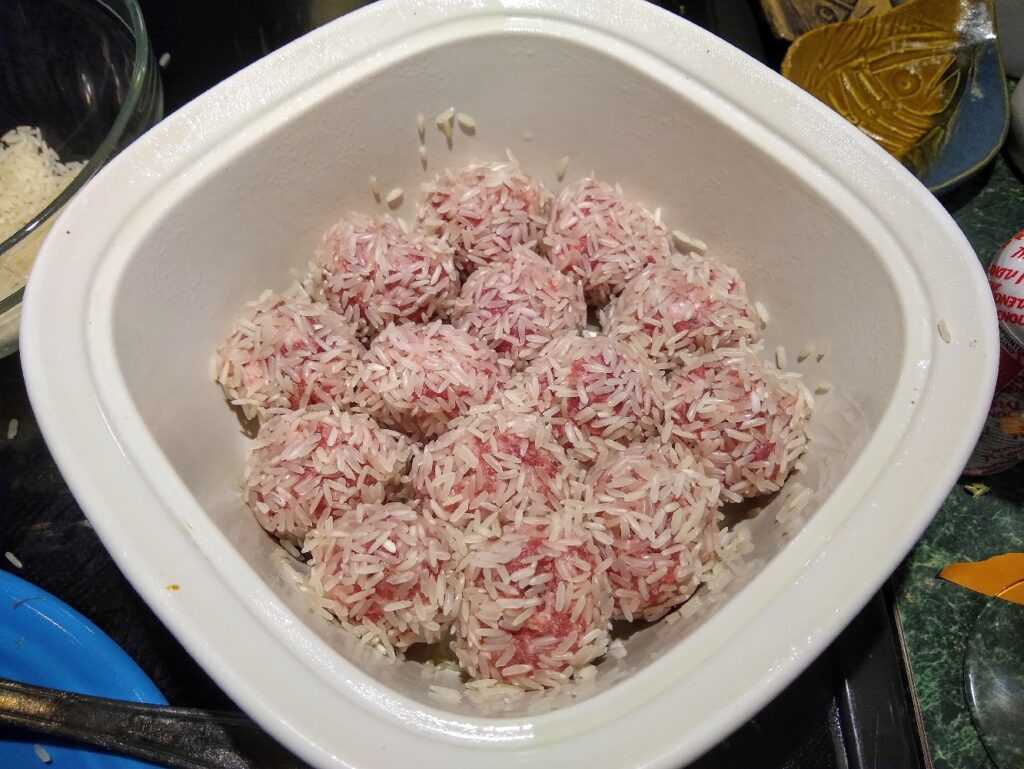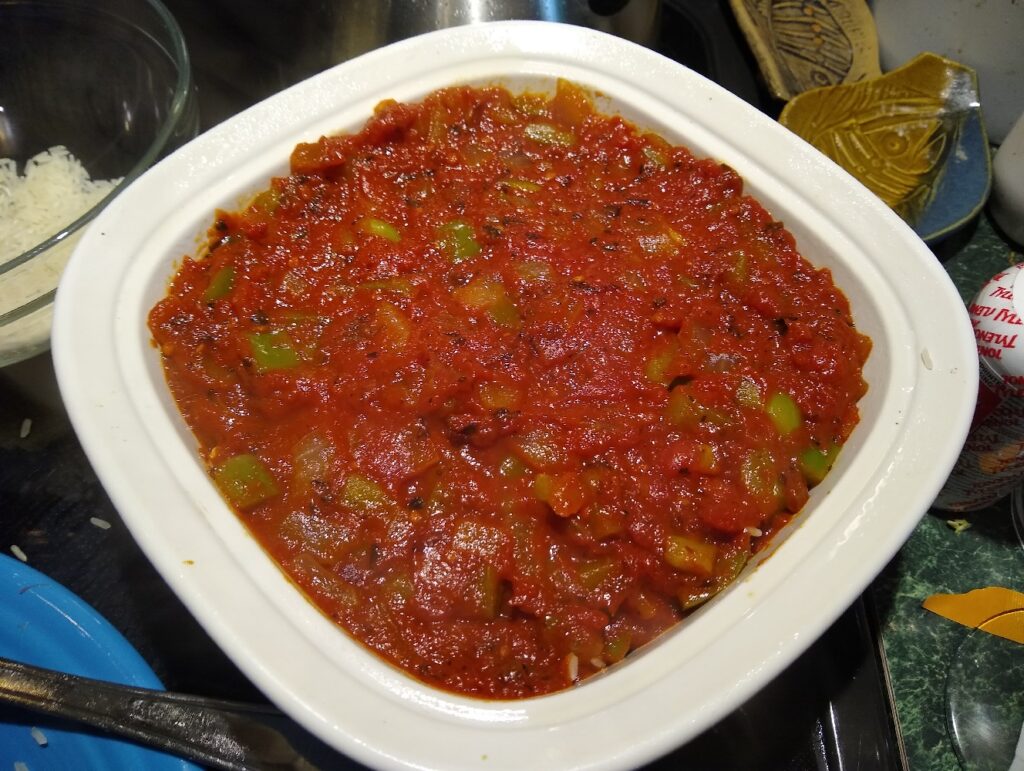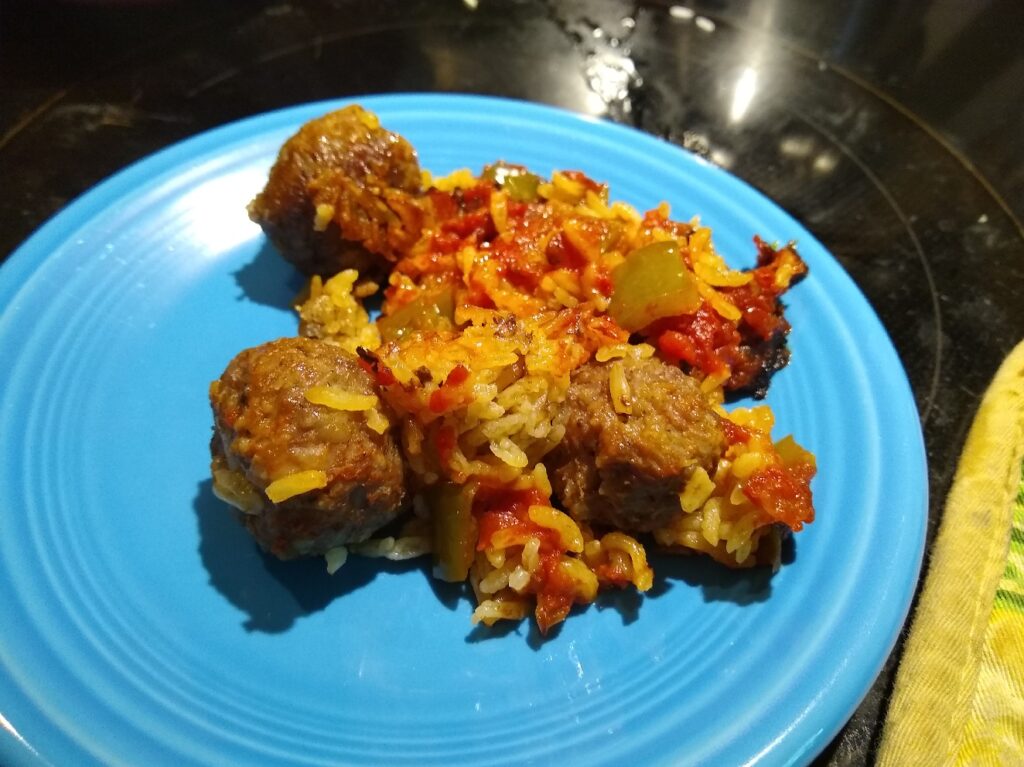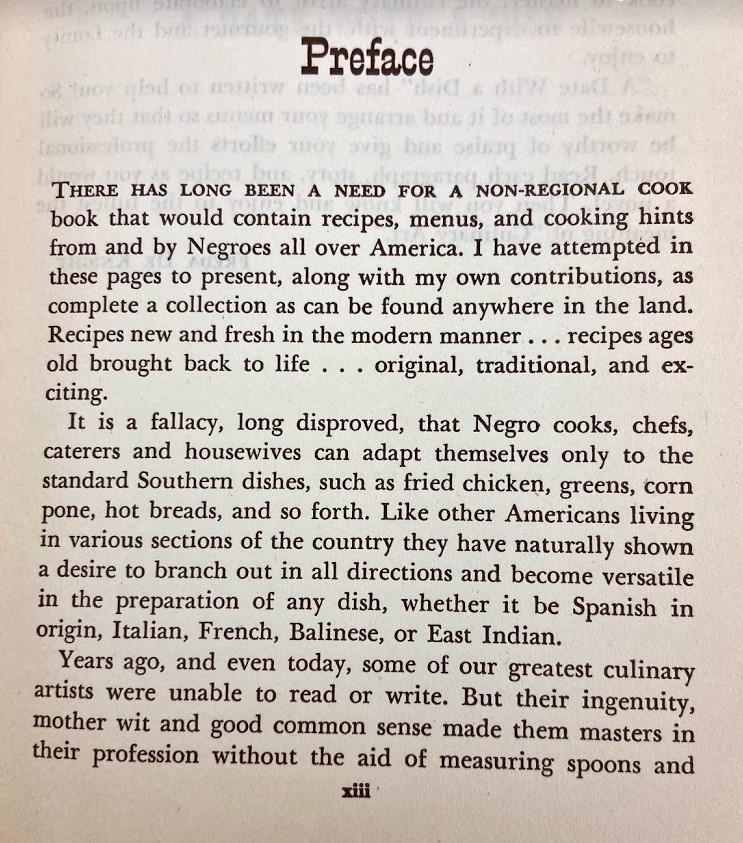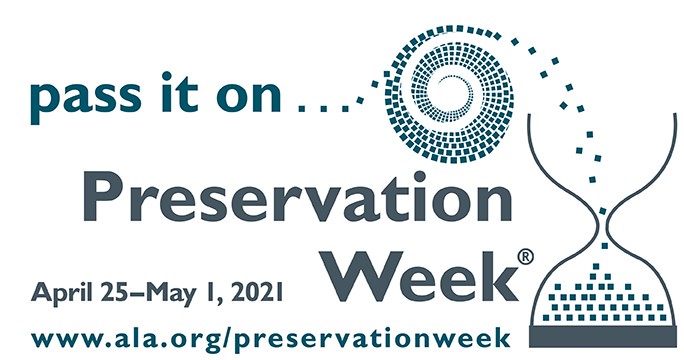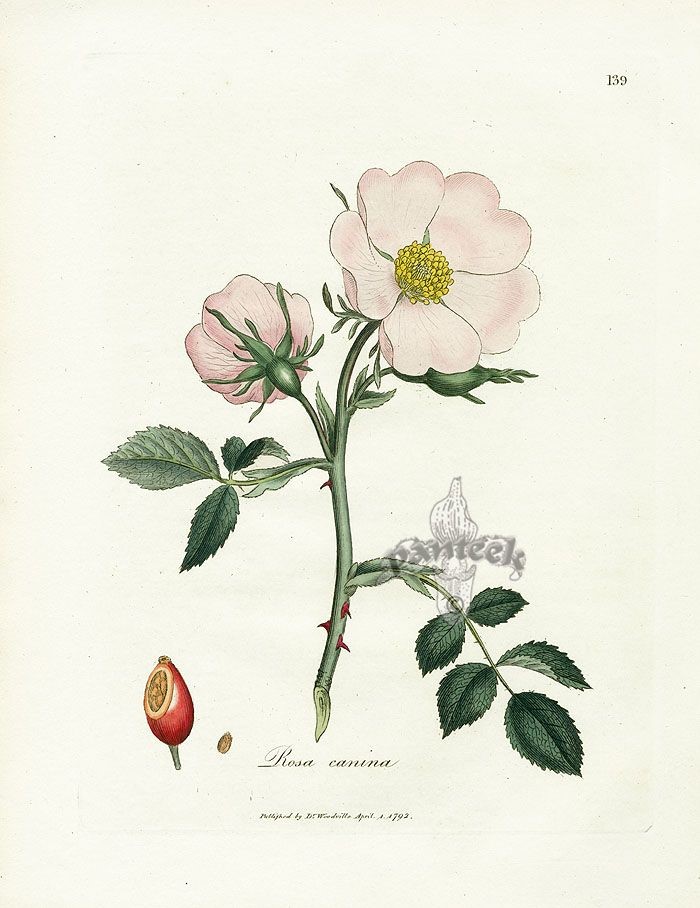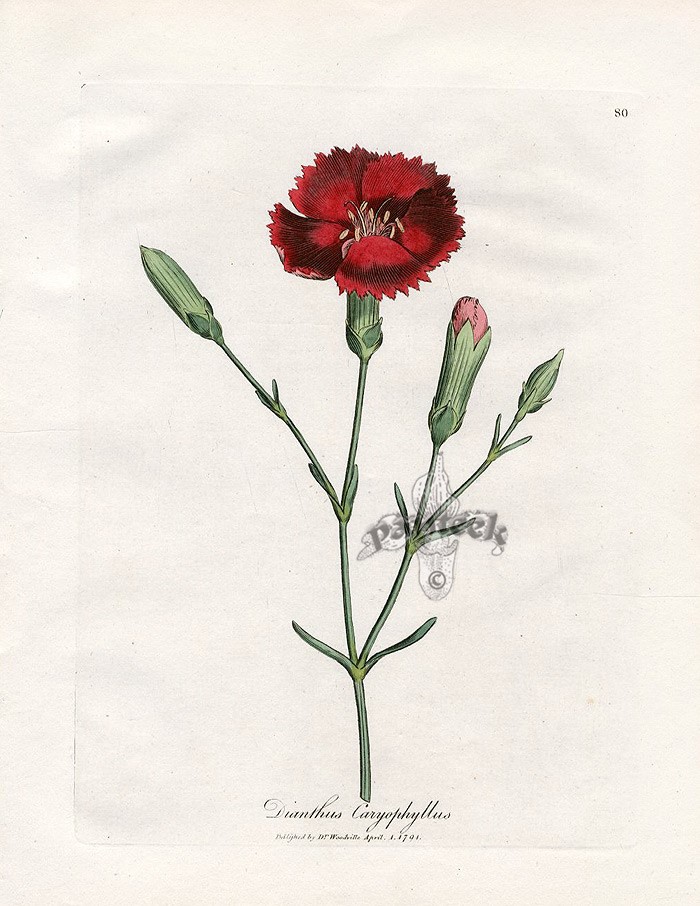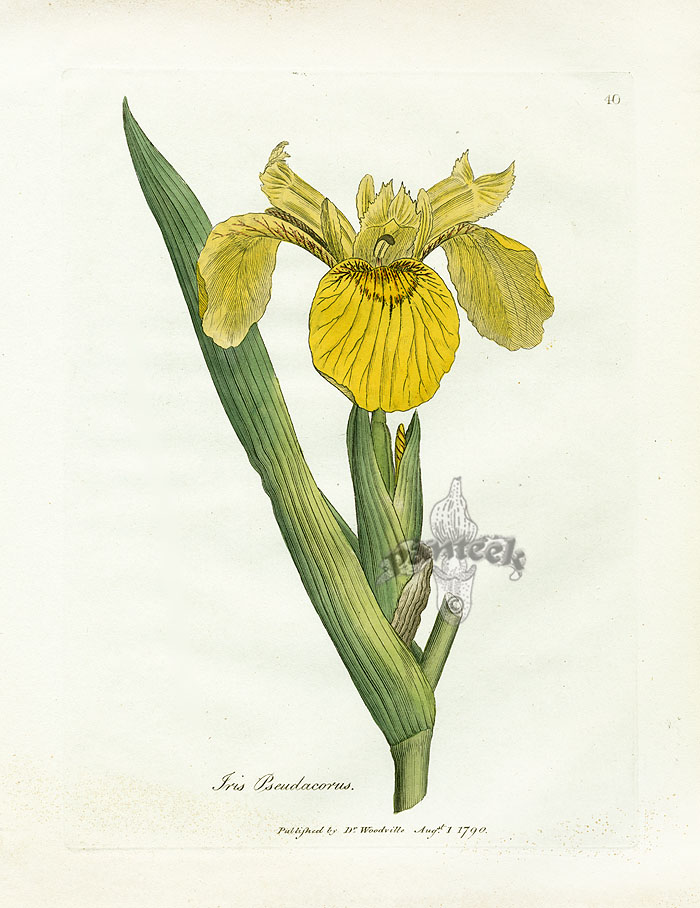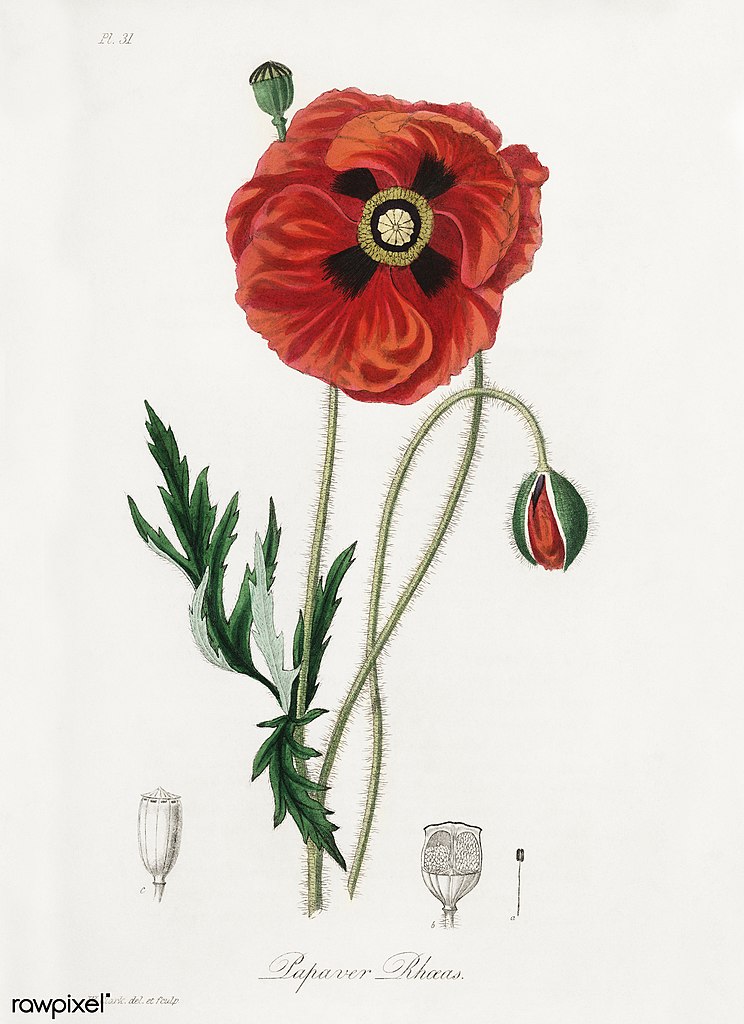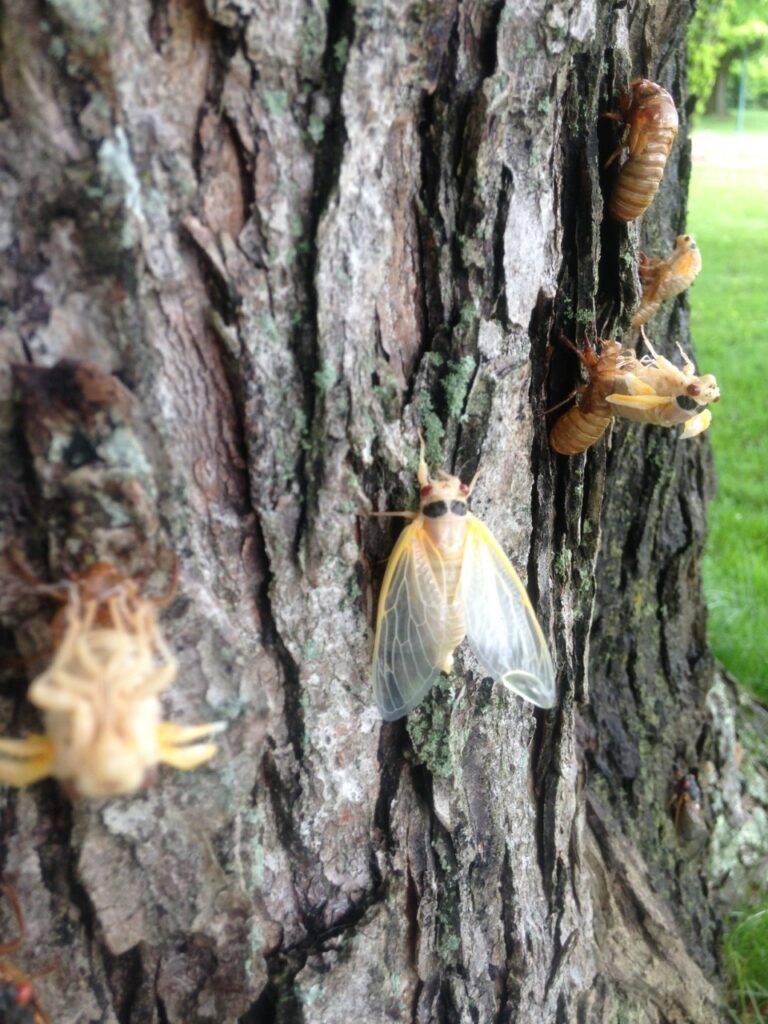A Celebration of William Morris and the Kelmscott Press International Kelmscott Press Day
Posted by Admin.June 28th, 2021
Blog post by Stewart Plein, Associate Curator for WV Books & Printed Resources & Rare Book Librarian
International Kelmscott Press Day will be held this year on Saturday, June 26, 2021. This day celebrates the 130th anniversary of the Kelmscott Press, founded by the British artist and printer, William Morris, in 1891. It also marks the 125th anniversary of the publication of the Kelmscott Press edition of The Works of Geoffrey Chaucer. This edition, published in 1896, is considered to be one of the most beautiful books ever printed. Morris, along with his friend and colleague, Sir Edward Burne-Jones, labored over every detail for a period of four years. Both were members of the group of artists known as the Pre-Raphaelite Brotherhood, along with fellow artists Dante Gabriel Rossetti, William Holman Hunt and others.
While WVU does not own the Kelmscott Press edition of The Works of Geoffrey Chaucer, the rare book room holds an earlier copy of the book printed in 1561. This edition is titled The Woorkes of Geffrey Chaucer: Newly Printed, with Diuers Addicions, Whiche Were Neuer in Printe Before. Note the Old English spellings of the words in the title. This is a later edition of Chaucer’s Works with the addition of new material never printed in earlier editions. Chaucer may be best known for his work The Canterbury Tales. This volume contains the collected works of Chaucer, including the Canterbury Tales and other writings.
While WVU owns a facsimile edition of Chaucer’s Works, the rare book room also owns one of William Morris’s Kelmscott Press publications, The Wood Beyond the World, published in 1894, two years before he published The Works of Geoffrey Chaucer. This novel, written by Morris, is considered one of the first works of fantasy every published. According to Wikipedia, Morris can be considered the first modern fantasy writer to bring together the twin themes of an imaginary world with the supernatural. Long before Tolkien published The Lord of the Rings or the Hobbit, Morris wrote and published The Wood Beyond the World.
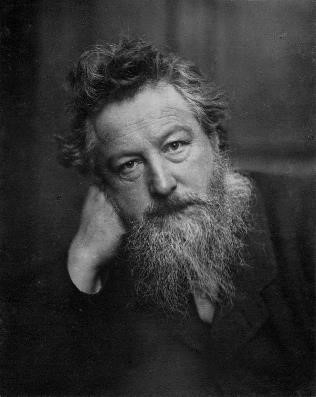
Morris developed a fascination with medieval printing and he strived to recreate the lettering and illustrations of the medieval period in the works he published at the Kelmscott Press. Books printed by Morris at his press were designed to replicate the medieval fonts and printing styles he loved and are heralded to this day as beautiful examples of the printing art.
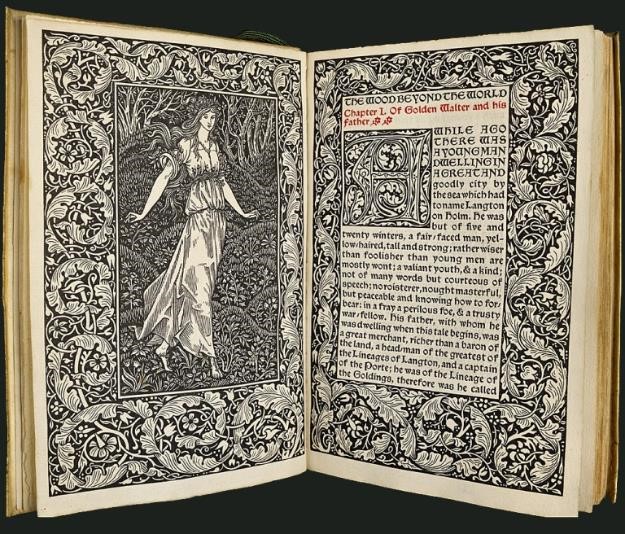
Fellow artist and member of the Pre-Raphaelite Brotherhood, Sir Edward Burne-Jones, created illustrations from wood cuts to decorate the book. The printing was set deeply into the hand made paper. If you were to run your finger across the page you could feel how deeply the illustrations and text are printed into the page. The book is bound in vellum, the finely processed skin of calves, and bound with ribbon ties. Vellum is sensitive to humidity, which causes the binding to swell and flare. Silk ties, in pink or green, were used to gently hold the book closed when not in use in order to maintain its shape.
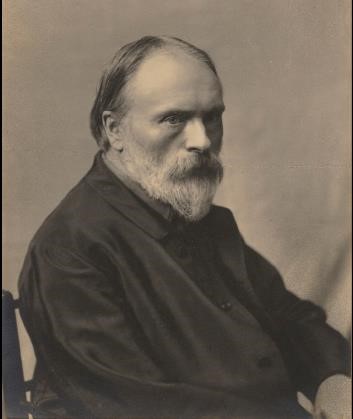
Morris also used another medieval device to mark his press. During medieval times, the printers’ information was often found on the last page of the book, rather than on the title page, like books today. This device or press emblem is called a colophon. Morris designed a colophon for the Kelmscott Press and printed it on the last page of every book.
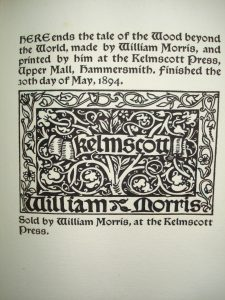
The colophon for The Wood Beyond the World reads:
“Here ends the tale of the Wood beyond the World, made by William Morris, and printed by him at the Kelmscott Press, Upper Mall, Hammersmith, finished the 30th day of May, 1894. Below the device, or colophon, are the words, “Sold by William Morris, at the Kelmscott Press.” By including the address, people interested in purchasing the book would know where to buy it.
While the West Virginia and Regional History Center and the Rare Book Room remain closed to the public, WVU faculty and students can make an appointment to view Morris’s Wood Beyond the World by contacting Stewart Plein at Stewart.Plein@mail.wvu.edu
The William Morris Society in the United States has organized a series of national and international events to commemorate the founding of the Kelmscott Press.
Resources:
Sir Edward Burne Jones wood cuts for the Wood Beyond the World two page spread
First page of text: Dominic Winter Auctioneers
The Wood Beyond the World by William Morris digital text
Sir Edward Burne-Jones photograph







